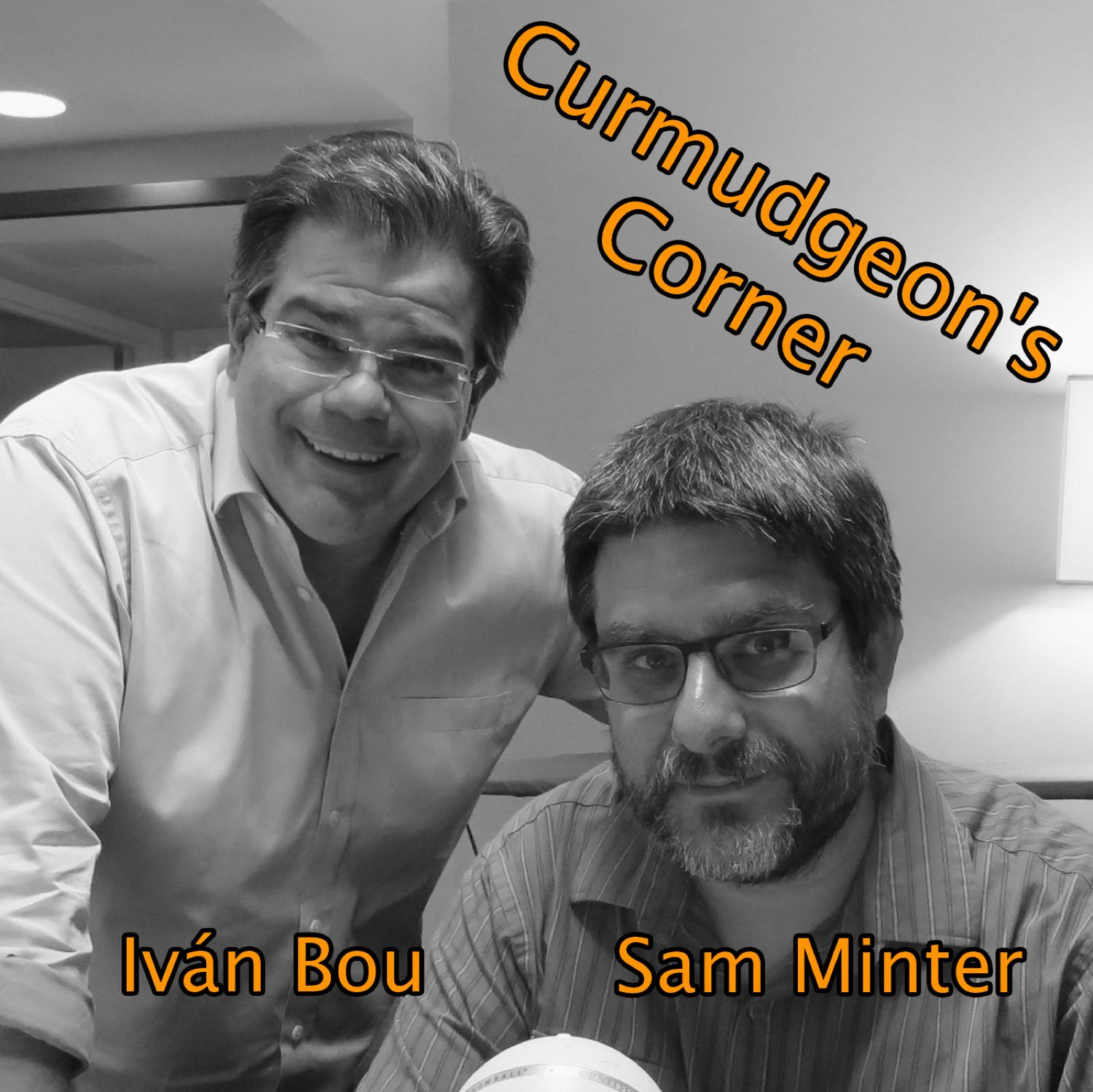Episode 1343
Horseshoe bat
Thu, 2021-Jan-07 00:16 UTC
Length - 3:43
Direct Link
Welcome to featured Wiki of the Day where we read the summary of the featured Wikipedia article every day.
The featured article for Thursday, 7 January 2021 is Horseshoe bat.
Horseshoe bats are bats in the family Rhinolophidae. In addition to the single living genus, Rhinolophus, which has about 106 species, the extinct genus Palaeonycteris has also been recognized. Horseshoe bats are closely related to the Old World leaf-nosed bats, family Hipposideridae, which have sometimes been included in Rhinolophidae. The horseshoe bats are divided into six subgenera and many species groups. The most recent common ancestor of all horseshoe bats lived 34–40 million years ago, though it is unclear where the geographic roots of the family are, and attempts to determine its biogeography have been indecisive. Their taxonomy is complex, as genetic evidence shows the likely existence of many cryptic species, as well as species recognized as distinct that may have little genetic divergence from previously recognized taxa. They are found in the Old World, mostly in tropical or subtropical areas, including Africa, Asia, Europe, and Oceania.
Horseshoe bats are considered small or medium-sized microbats, weighing 4–28 g (0.14–0.99 oz), with forearm lengths of 30–75 mm (1.2–3.0 in) and combined lengths of head and body of 35–110 mm (1.4–4.3 in). The fur, long and smooth in most species, can be reddish-brown, blackish, or bright orange-red. They get their common name from their large nose-leafs, which are shaped like horseshoes. The nose-leafs aid in echolocation; horseshoe bats have highly sophisticated echolocation, using constant frequency calls at high duty cycles to detect prey in areas of high environmental clutters. They hunt insects and spiders, swooping down on prey from a perch, or gleaning from foliage. Little is known about their mating systems, but at least one species is monogamous, while another is polygynous. Gestation is approximately seven weeks and one offspring is produced at a time. A typical lifespan is six or seven years, but one greater horseshoe bat lived more than thirty years.
Horseshoe bats are relevant to humans in some regions as a source of disease, as food, and traditional medicine. Several species are the natural reservoirs of SARS coronavirus, though masked palm civets were the intermediate hosts through which humans became infected. Some evidence suggests that some species could be the natural reservoir of SARS-CoV-2, which causes coronavirus disease 2019. They are hunted for food in several regions, particularly sub-Saharan Africa, but also Southeast Asia. Some species or their guano are used in traditional medicine in Nepal, India, Vietnam, and Senegal.
This recording reflects the Wikipedia text as of 00:16 UTC on Thursday, 7 January 2021.
For the full current version of the article, see Horseshoe bat on Wikipedia.
This podcast is produced by Abulsme Productions based on Wikipedia content and is released under a Creative Commons Attribution-ShareAlike License.
Visit wikioftheday.com for our archives, sister podcasts, and swag. Please subscribe to never miss an episode. You can also follow @WotDpod on Twitter.
Abulsme Productions produces the current events podcast Curmudgeon's Corner as well. Check it out in your podcast player of choice.
This has been Matthew Neural. Thank you for listening to featured Wiki of the Day.
|
|


